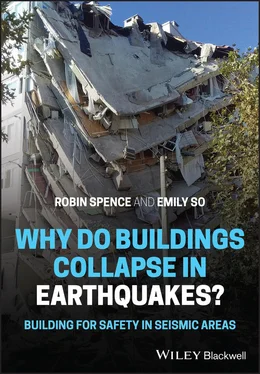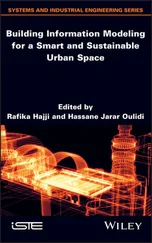In Ahmedabad, about 200 km from the epicentre, severe shaking was experienced and over 100 multistorey RC frame buildings collapsed. A survey of damaged buildings in Bhuj and neighbouring villages by EEFIT (2005), including the author's team, showed that the rubble masonry buildings performed worst (over 30% collapse rate) while masonry with RC slabs and RC frame apartment buildings performed better (7 and 3% collapse rates). The collapse of buildings in Ahmedabad, all of which were of multistorey RC frames, can be attributed to amplification of the ground motion through the deep alluvial deposits on which Ahmedabad stands, coupled with poor design and construction – soft‐storey apartment blocks were common. The Indian earthquake design code in use at the time is well‐written and comprehensive, but it was not binding on private builders, and was largely ignored (see Chapter 8).
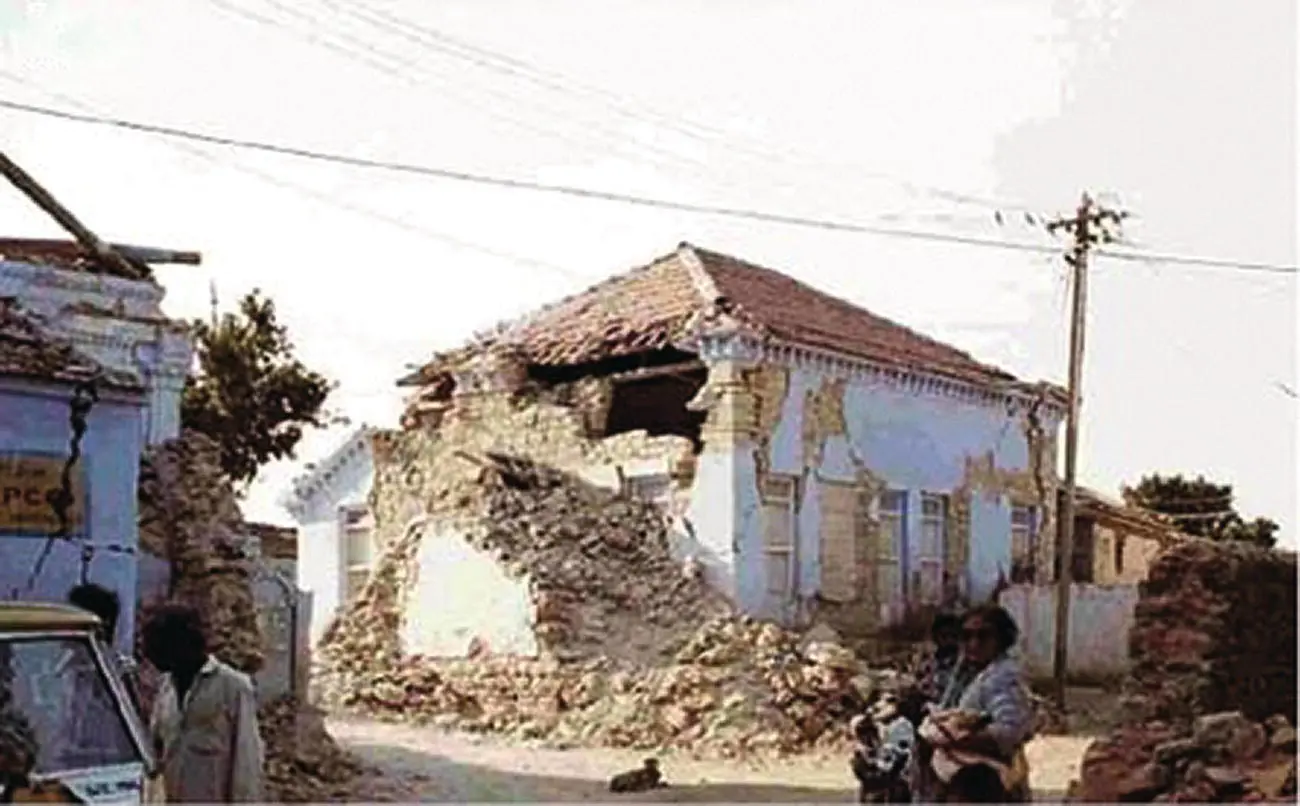
Figure 2.1Stone masonry building in the Kutch district damaged in the Bhuj earthquake.

Figure 2.2Brick masonry building with reinforced concrete floors damaged in the Bhuj earthquake.

Figure 2.3Reinforced concrete building in the Kutch district and typical damage patterns. Notice ground floor failure.
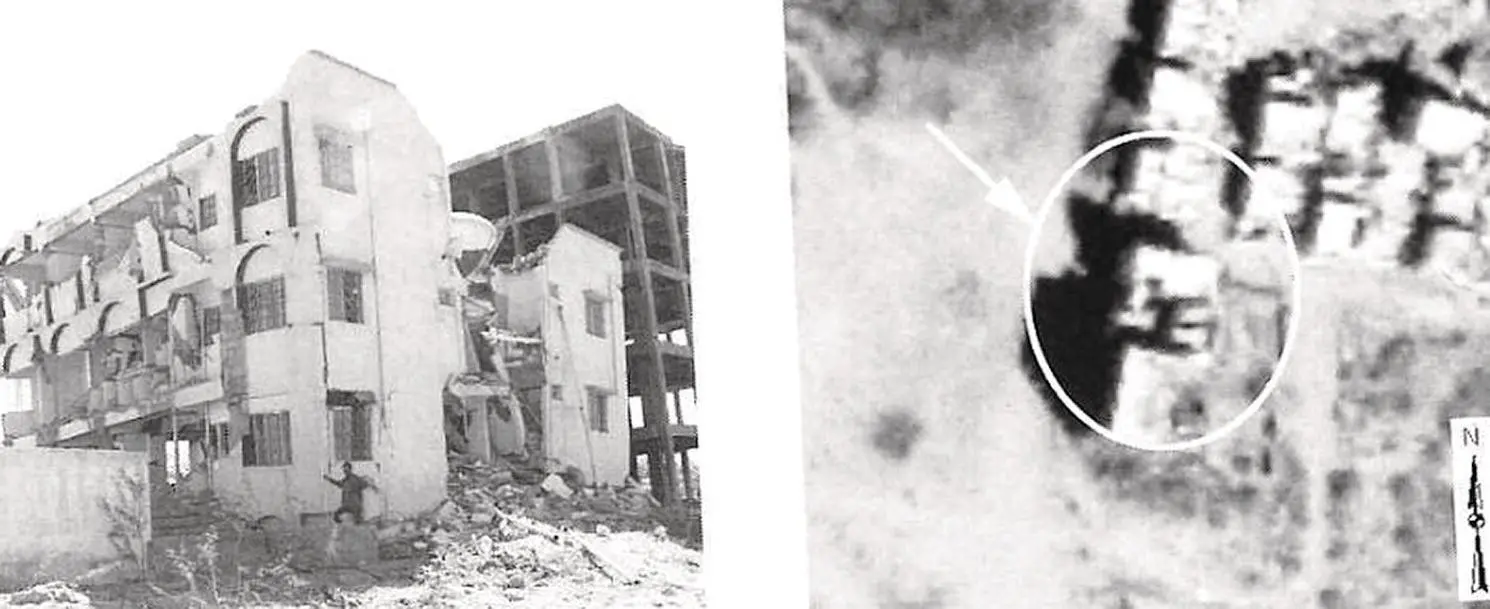
Figure 2.4Damage to a reinforced concrete building in Bhuj, and view of the same building in satellite image, arrow showing viewing direction.
Source: Saito et al. (2004).
This earthquake was one of the first in which available high‐resolution satellite imagery could be used to identify the damage to individual buildings, and this resulted in several studies to develop this technology (Saito et al. 2004) ( Figure 2.4).
The final toll of dead and injured shows that altogether 13 481 people were killed in the earthquake (Jain et al. 2002). There were more than 166 000 injured, 20 000 of them seriously. From medical reports, it is clear that both death and injury were mainly the result of traumas associated with the collapse of buildings. Over 1000 school students and teachers were killed, though because it was a public holiday many schools were closed. There were also more adult female than male deaths (Murty 2005). There can be little doubt, though, that failure of weak masonry walls and the resulting collapse of dwellings was the main cause of death, and the magnitude of the death toll is a reflection of the very wide area over which heavy ground shaking was observed, combined with the weakness of the typical masonry buildings.
2.2.2 The 26.12.2003 Bam Earthquake: Mw6.6, about 27 000 Deaths
This earthquake occurred at 5.26 a.m. local time, on a hitherto unidentified fault passing under the historic city of Bam (Berberian 2005). Surface ruptures were identified along this fault south of Bam, and extending northwards towards the centre of the city. The area as a whole is one with a well‐known history of active seismicity (nine earthquakes have been felt in Bam since the beginning of twentieth century). The earthquake was catastrophic in the city of Bam itself (far more than would be expected for an earthquake of this magnitude), as well as in the nearby town of Bharavat and neighbouring villages of Kerman Province. The intensity map, produced by IEES, indicated heavily damaging shaking intensity over an area of about 1000 km 2. The degree of damage in the city was clearly visible in high‐resolution satellite images ( Figure 2.5).
The massive death toll in Bam has been attributed to the extreme weakness of the adobe houses which are inhabited by the majority of the population. This method of building has been documented in the World Housing Encyclopedia (Maheri et al. 2005).
Adobe construction is an appropriate response to the climate of Southern Iran, given high day–night temperature swings, and also the lack of timber available for construction. At the time of the earthquake, this was still the predominant way of building in Bam. But in the event of an earthquake its weakness is extreme. The problems include (Maheri et al. 2005):
Thick heavy walls, which attract large lateral seismic forces.
Lack of connections between perpendicular walls.
Heavy domed or vaulted mud roofs, exerting lateral pressure on walls.
Poor quality of the adobe units (local sun‐dried mud).
Poor quality of mortar and bonding.
Lack of foundations.
Limited maintenance.
Architectural conservator Randolph Langenbach who made his own study in Bam following the earthquake (Langenbach 2015) has suggested that the use of straw reinforcement in adobe construction may have allowed termite attack, which could have reduced the inherent cohesion of the material. Certainly, many of Bam's adobe buildings simply disintegrated as a result of the ground shaking, leaving only heaps of dried mud brick rubble ( Figure 2.6). The danger to occupants was increased by their close spacing, leaving little opportunity for escape, and this also inhibited search and rescue. Since the earthquake attempts have been made to develop a way of building dwellings which conforms to the climatic and space requirements, and uses local materials, but which is able to resist earthquakes (Maheri et al. 2005).
The huge death toll of nearly 27 000 was about 25% of the population of Bam at that time. It was undoubtedly the result of the collapse of very large numbers of adobe dwellings, coupled with the early morning time of day, when most people were sleeping. It has been reported that only 2% of those who died were in buildings which did not collapse (Ghafory‐Ashtiany and Mousavi 2005). Of the 23 600 injuries, 9477 were serious, and had to be treated in hospitals in Kerman and elsewhere as all the hospitals in Bam were severely damaged. Building collapse‐related traumas constituted most emergency surgery cases. However, it has been suggested that a further very significant contribution to the death toll was the lack of immediate response capability (Movahedi 2005). The local emergency response capability was totally destroyed by the earthquake, and for the crucial first 24 hours the only rescue was being carried out by the local survivors using their bare hands. The loss of electricity meant that rescue stopped at nightfall, and freezing temperatures reduced the chances of overnight survival under the rubble. Asphyxiation resulting from the huge amount of dust was suggested as a further cause of many deaths (Movahedi 2005).
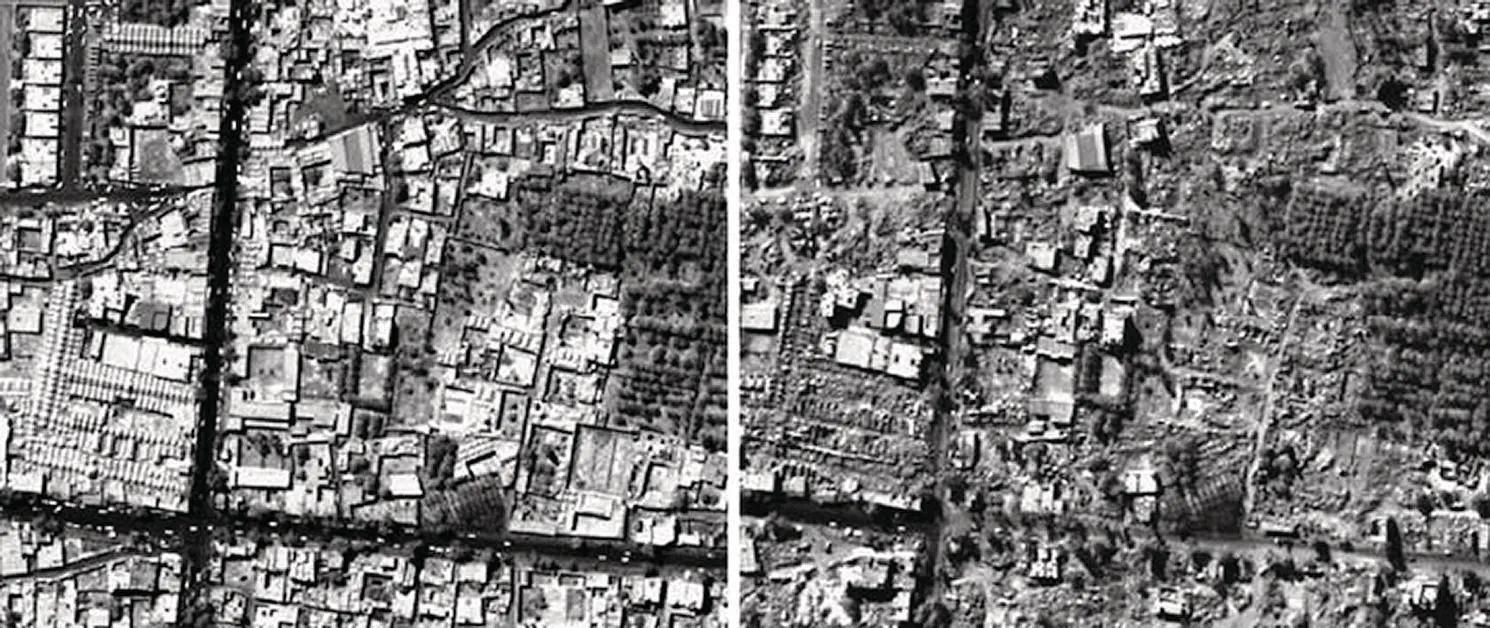
Figure 2.5High‐resolution satellite imagery of the centre of Bam taken (left) before and (right) after earthquake, clearly indicating the extent of the damage.
Source: DigitalGlobe.

Figure 2.6Failure of adobe dwelling in the Bam earthquake.
Читать дальше
